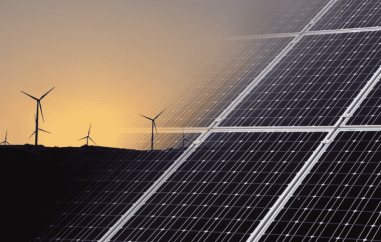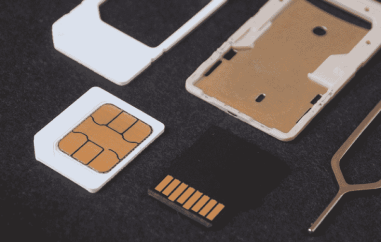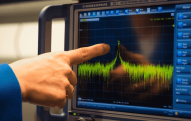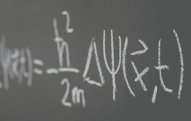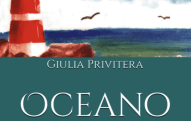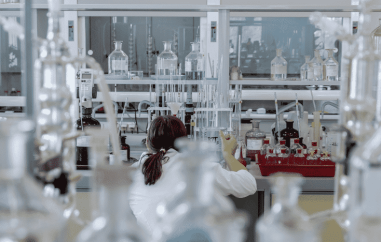How animals find the North
Munich researchers find the elusive cellular basis of how animals use Earth's magnetic field to navigate.
We all know about migratory animals, such as fish or birds that travel long distances to a wintering ground. And scientists have long believed, mostly based on behavioral studies, that these animals have a "magnetic sense", being able to use earth's magnetic fields to navigate.
However, until now, no one has been able to figure out just how these animals are able to make use of earth's magnetic signals. As Dr. Michael Winklhofer, from the Department of Earth and Environmental Sciences at LMU Munich, explains,
"Like sailors, animals can use the magnetic North direction (among other cues) to find their way. However, the nature of the internal magnetic compass in animals is enigmatic. We do not know the type of the cells that initiate the process of magnetic sensation."
A working hypothesis proposes the existence of specialized magnetic sensory cells containing mineral inclusions that may serve as tiny magnets, making these cells function like a compass, aligning with the ambient magnetic field, stimulating the cell and producing a neural signal that will ultimately guide its bearer toward a specific direction. But such cells have only existed in theory.
Now, a new article published this week in Proceedings of the National Academy of Sciences, a team of researchers led by Dr. Michael Winklhofer report on the identification these elusive magnetic cells. The cells, found in the trout's nasal cavity, contain iron-rich deposits of a magnetic material called magnetite, anchored to the cell membrane and respond to a magnetic field, strongly suggesting that these cells are indeed responsible for the fish's ability to use earth's magnetic fields.
Finding a needle in a haystack
The authors used an elegant experimental design where they broke down the bonds linking cells together, and used a rotating magnetic field to identify the cells with magnetic properties. Their experiment showed that, typically, only 1 cell out of 10,000 cells is magnetic, and their sensitivity to magnetic fields is about 100 times stronger than previously estimated.
Their identification of magnetic cells is not the only accomplishment of this group. Another important outcome of this work is the method itself, which they used to identify these cells. Now researchers can consistently isolate magnetic cells to study in detail just how they work. The magnetic sense of animals, unlike vision or hearing, is far from being completely understood.
And there is another, very interesting aspect of this research, as Dr. Winklhofer explains,
"The method allows us to harvest these cells and therefore will be a game changer when it comes to studying the molecular mechanisms responsible for the biomineralization of magnetite, that is, to identify the genes and proteins that are involved in the synthesis of the magnetic crystals."
In some bacteria, which produce intracellular magnetite to swim along magnetic field lines, the genes involved have been elucidated. Now, future work that elucidate the genes behind biomineralization of magnetite in fish and other animals we will be able to figure out if this ability to use magnetic fields was inherited from bacteria, or was a re-invented.
But there is more. Once we identify the genes in vertebrates, we will be able to search for similar genes in the human genome.
"This would tell us if humans have the molecular machinery to biomineralize magnetite and,
if so, where the magnetic sensing chain is interrupted (humans obviously do not have a magnetic sense, but our hunter-and- gatherer ancestors could have had it). If we humans still have cells that produce magnetite, then it is likely that they produce cellular stress (by twisting the cell membrane) and could explain why magnetic fields from power lines have negative effects on some individuals."
The question is intriguing, and only time will tell if they succeed and finding our magnetic past.

